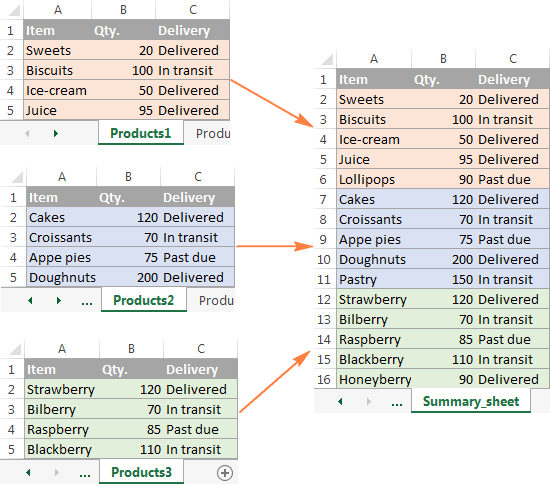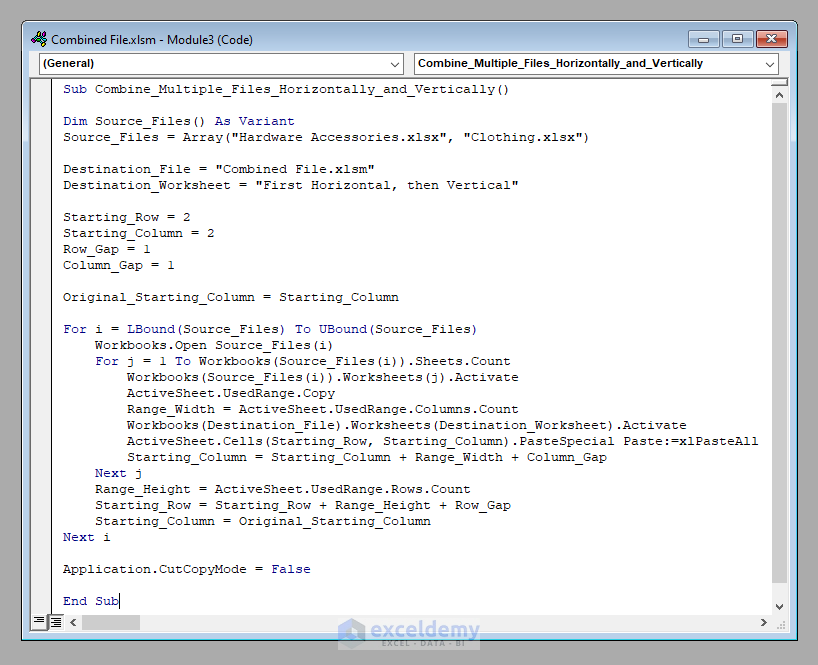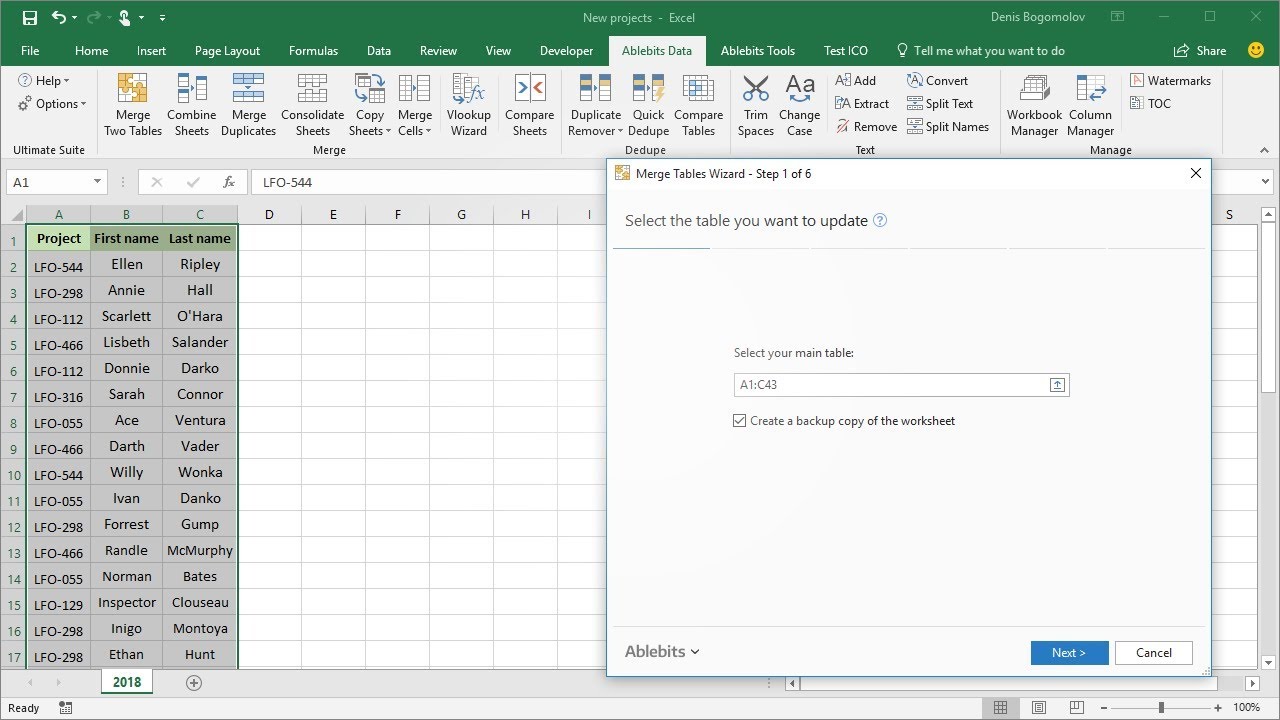Combine Multiple Excel Sheets into One Workbook Easily

Handling spreadsheets can be a daunting task, especially when managing data from multiple sources. Often, users find themselves working with Excel data that is spread across different files and sheets, making it cumbersome to integrate and analyze. This post will guide you on how to combine multiple Excel sheets into one workbook effortlessly, improving your data management and analysis efficiency.
Why Combine Multiple Excel Sheets?

Merging multiple Excel sheets into one workbook can offer several benefits:
- Unified data: Having all related data in one place simplifies navigation and analysis.
- Ease of reference: You no longer need to switch between different files to locate information.
- Enhanced collaboration: Sharing one workbook is much easier than distributing multiple files.
- Data consistency: Ensures that all related data follows the same structure, reducing errors.
Preparation for Merging

Before combining sheets, here are some preparatory steps:
- Backup: Ensure you have backups of all files you’ll be working with to avoid data loss.
- Review sheets: Check for any data integrity issues or format discrepancies.
- Consistent headings: All sheets should have matching column headers for a seamless merge.
- Data cleaning: Remove unnecessary rows or columns that might not be required in the consolidated workbook.
Steps to Combine Multiple Excel Sheets

Here’s a detailed guide on how to merge several Excel sheets:
Using Excel Power Query

Power Query is a powerful data transformation and preparation tool built into Excel:
- Navigate to Data > Get Data > From File > From Workbook to load an Excel file.
- Select and load sheets you wish to combine. This will open the Power Query Editor.
- In Power Query Editor, you’ll see a list of your sheets. Use the Append Queries option to merge the data.
- After appending, review and clean the data if necessary, then close and load to Excel.
⚠️ Note: Ensure all columns in the sheets you wish to combine have identical names for a seamless merge in Power Query.
Using Excel Macros/VBA

If you’re comfortable with VBA, you can automate the merging process:
- Open the Excel workbook where you want the sheets to be combined.
- Press Alt + F11 to open the VBA editor.
- Insert a new module and write or copy a script to combine sheets from different workbooks:
Sub CombineExcelSheets() Dim FSO As Object Set FSO = CreateObject(“Scripting.FileSystemObject”) Dim myDir As String, myFile As StringmyDir = ThisWorkbook.Path & "\" myFile = Dir(myDir & "*.xlsx") Do While myFile <> "" If myFile <> ThisWorkbook.Name Then Workbooks.Open (myDir & myFile) For Each Sheet In ActiveWorkbook.Sheets Sheet.Copy After:=ThisWorkbook.Sheets(ThisWorkbook.Sheets.Count) Next Sheet ActiveWorkbook.Close False End If myFile = Dir Loop
End Sub
Save your workbook as a macro-enabled workbook (.xlsm).
Using Third-Party Tools

Here’s a table that shows different software you can use for this purpose:
| Tool | Description | User Experience |
|---|---|---|
| Excel Power Query | Built-in Excel functionality for data manipulation | Good for those familiar with Excel, can be complex for beginners |
| Excel VBA | Automate repetitive tasks with custom scripts | Requires coding knowledge, excellent for complex merges |
| Online Services (e.g., Ablebits, Kutools) | Merge sheets via web interfaces or add-ins | User-friendly, minimal learning curve |
| Power Automate | Microsoft’s workflow automation tool | Provides visual automation, suitable for non-coders |

Post-Merging Tasks

After combining the sheets:
- Rename Sheets: Clearly name each sheet for easy identification.
- Data Validation: Ensure merged data is accurate and clean.
- Format Sheets: Apply uniform formatting to enhance readability.
- Create a Summary: Consider adding a dashboard or summary sheet for quick overviews.
🌟 Note: Always save your workbook frequently during these tasks to avoid losing work.
Final Thoughts

Combining multiple Excel sheets into one workbook streamlines data handling and analysis. By following this guide, you can effectively merge data using tools like Power Query, VBA, or third-party software. Remember to always back up your data, prepare your sheets, and maintain data consistency for the best results.
How do I ensure all my Excel sheets have the same headers before merging?

+
Check each sheet individually or use Excel’s find and replace feature to standardize headers across all sheets. Tools like Power Query can also help in aligning headers during the merge process.
Is there a way to automate this process in Excel?

+
Yes, you can automate the merge process using Excel VBA scripts or Microsoft Power Automate for more complex workflows.
What are some common issues when combining sheets?

+
Common issues include mismatched column headers, different data formats, and issues with data integrity or loss during the merge process. Pre-merging checks can mitigate these risks.
Can I merge sheets from different versions of Excel?

+
Yes, but keep in mind potential format incompatibilities or feature differences between Excel versions.



